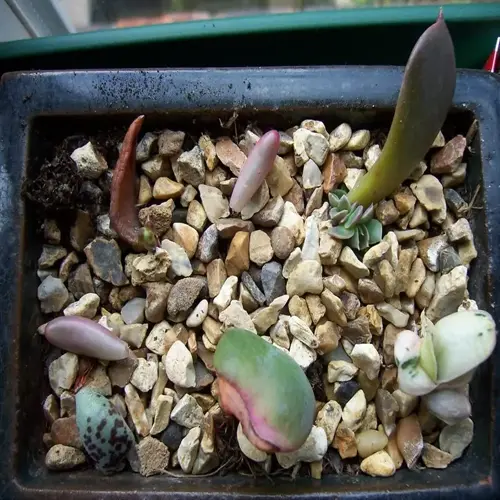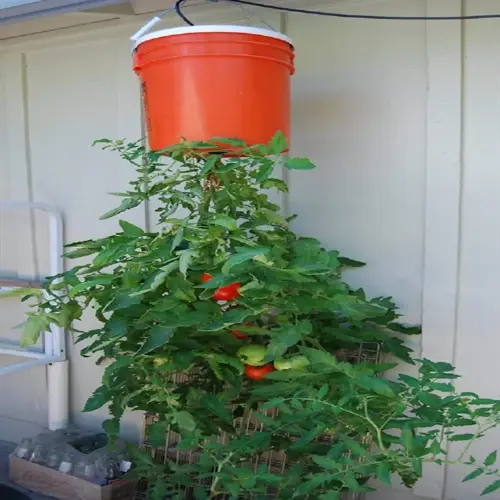What are signs of unhealthy Swiss chard?

Written by
Nguyen Minh
Reviewed by
Prof. Samuel Fitzgerald, Ph.D.Awareness of beginning distress signals in Swiss chard will lead to little or no crop loss and maximum production. I've been an organic gardener for 12 years, and during that time, I have identified several plant health issues. In general, Swiss chard reveals stress predominantly through visual indicators on the leaves and stem. The benefit of early identification is that it allows for early intervention before a problem worsens. Let's review these important indicators of distress so you or your garden can achieve maximum success.
Foliage Discoloration
- Yellow leaves: Nitrogen deficiency or overwatering
- Purple stems: Phosphorus shortage in cool soils
- Reddish veins: Magnesium deficiency
Surface Abnormalities
- White powdery coating: Powdery mildew fungus
- Shiny trails: Slug or snail activity
- Sticky residue: Aphid infestation
Structural Damage
- Holes in leaves: Caterpillar or beetle feeding
- Wilting stems: Root rot or vine weevil damage
- Stunted growth: Root knot nematodes
Take organic solutions as soon as you see a problem with yellows, use fish, emulsion fertilizer. For browning edges, use wood ash potassium. For powdery mildew, use a baking soda spray. I pick off nocturnal pests such as slugs in the evenings. These methods resolve approximately 90% of issues with chard without the use of biocides.
Avoid problems with cultural practices. Ensure there is 12 inches of space between plants for adequate airflow, and drip irrigation with water at the soil level. Rotate crops every year to disrupt disease cycles. My best chard beds utilize both cultural practices and composting, applying these methods on a monthly basis. They were productive for months without any major issues.
Read the full article: How to Grow Swiss Chard Successfully

